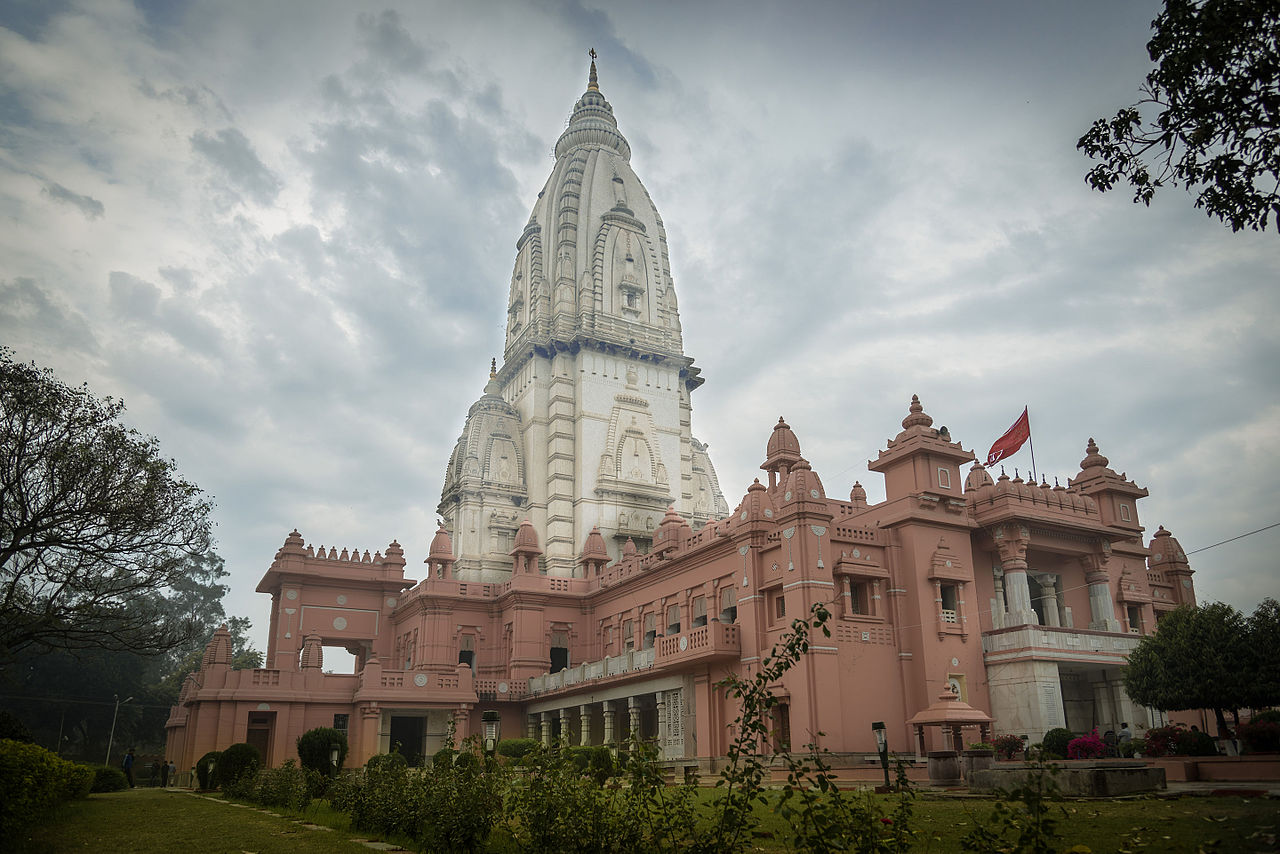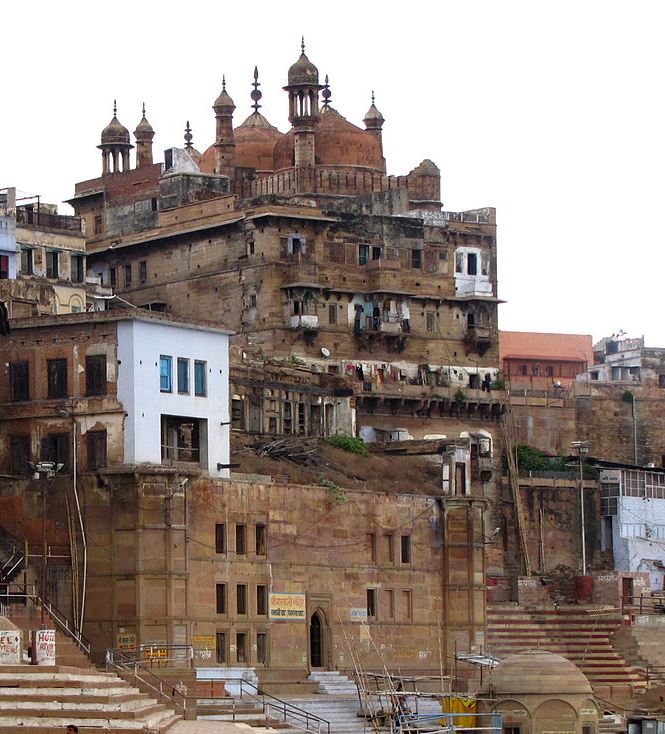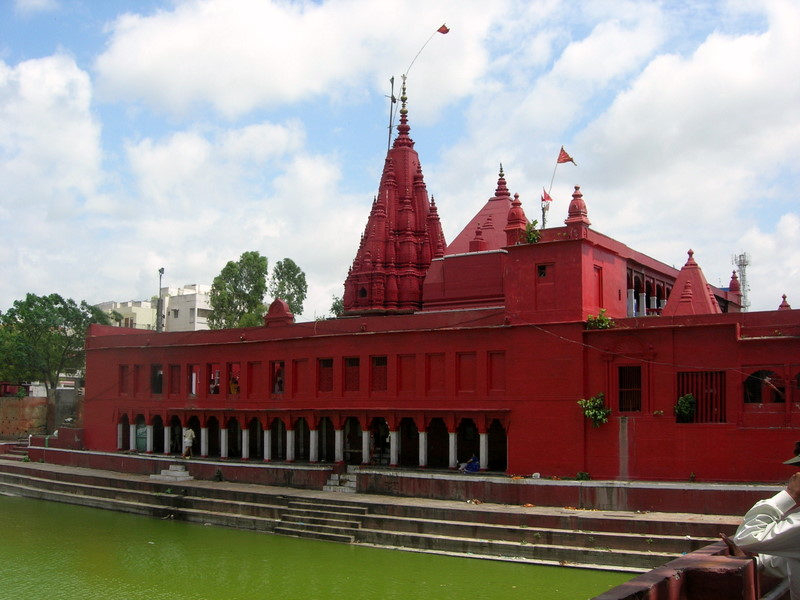
AsianOverland.net
Tour Guide - Itinerary
Asian Overland Sydney to London
Started 22/06/2022 Finished 21/06/2023365 Days ITINERARY
Day 98 date 27/09/2022VARANASI to VARANASI, INDIA
ASIANOVERLAND.NET SYDNEY TO LONDON DAY 336/98/10: VARANASI (BENARES), INDIA
Modern humans arrived on the Indian subcontinent from Africa at least 55,000 years ago, and are highly diverse, second only to Africa in human genetic diversity. Settled life emerged on the subcontinent in the Indus river basin 9,000 years ago, evolving gradually into the Indus Valley Civilisation of the third millennium BCE. By 1200 BCE, Sanskrit, an Indo-European language, had diffused into India from the northwest, and recorded the dawning of Hinduism in India. By 400 BCE, stratification and exclusion by caste had emerged within Hinduism.
Varanasi, also known as Benares, is one of the world's oldest continually inhabited cities. Kashi, its ancient name, was a kingdom more than 2,500 years ago.
Mark Twain wrote of Varanasi in 1897;
"Benares is older than history, older than tradition, older even than legend, and looks twice as old as all of them put together."
"Varanasi" connects two Ganges tributaries forming the city's borders: Varuna, flowing in northern Varanasi, and Assi, a small stream in the southern part of the city, near Assi Ghat. The city is on the Ganges, bounded by the Varuna and Assi.
In the 8th century, Adi Shankara established the worship of Shiva as an official sect of Varanasi, which is home to numerous Shiva temples, tributes and devotees.
In the early medieval era, Christianity, Islam, and Judaism, arrived on India's southern and western coasts.
Muslim armies from Central Asia overran India's northern plains, eventually establishing the Delhi Sultanate, and drawing northern India into the cosmopolitan networks of medieval Islam. The Delhi Sultanate was an Islamic empire based in Delhi that stretched over large parts of the Indian subcontinent including Varanasi for 320 years (1206–1526)
The Mughal Empire, in 1526, ushered in two centuries of relative peace, leaving a legacy of magnificent architecture best illustrated by the Taj Mahal.
The rule of the British East India Company followed from 1757, turning India into a British coloniy. British Crown rule began in 1858. The rights promised to Indians were not granted, but raliway lines were built and British paperwork systems were introduced (in triplicate).
A pioneering and influential Indian nationalist movement emerged against the British, noted for nonviolent resistance typified by Mahatma Gandhi, and became the major factor in ending British rule.
In 1947 the British Indian Empire was partitioned into two independent countries, a Hindu-majority India and a Muslim-majority Pakistan, amid large-scale loss of life, dislocation and migration. It would have been helpful, perhaps even considerate, if the Englishman who drew the partition map, had at least visited India before drawing lines on a map based on Hindu and Muslim majorities.
Our westbound Trip Book records: “DAY 10 – 27/9/80
Sleep ins were had by many wealthy ‘punters’, who indulged in a room for the night – it gave Teena a chance to ‘sleep it off’
Then a shopping spree .... now everybody is flashing off their original Indian creations!
‘We hit the road (JACK) & onward bound for the “side of the road”- at 7.30 we arrived.
Cold beer and ice enjoyed by many on the road – another LUXURY!
Sweet & sour chicken and rice for tea – with boiled flies!
The ‘pipe’ was once again a ‘knock-out’
And guess what – 21 sweaty bodies slept excellently (marvelously) ALL NITE”
© This work is copyright. Apart from any use permitted under the Copyright Act 1968, no part may be reproduced by any process, nor may any other exclusive right be exercised, without the permission of Peter Searle, peter@portseavillageresort.com; 1980-2024.
Website built by Justin O’Dea www.webdeveloperdocklands.com.au





